INFOS & SERVICE
OUR OTHER WEBSITES
Arrive in Kunming
Welcome in Yunnan, China
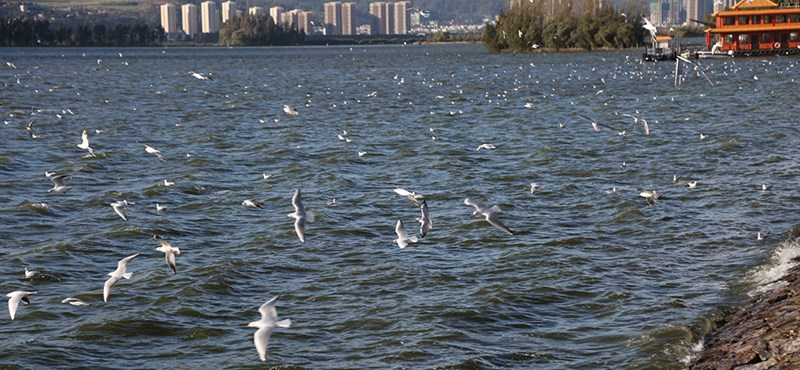
Kunming – Shilin – Jianshui
Bizarre Stone Forest. Double Dragon Bridge at sunset
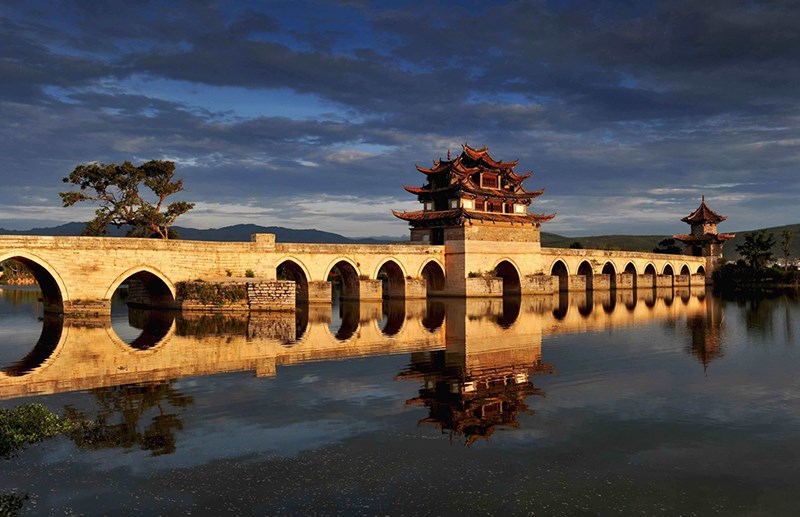
Jianshui – Yuanyang
Ancient city Jianshui, Chaoyang Tower, Garden of Family, Confucian Temple. Sunset of Bada Terrace in Yuanyang
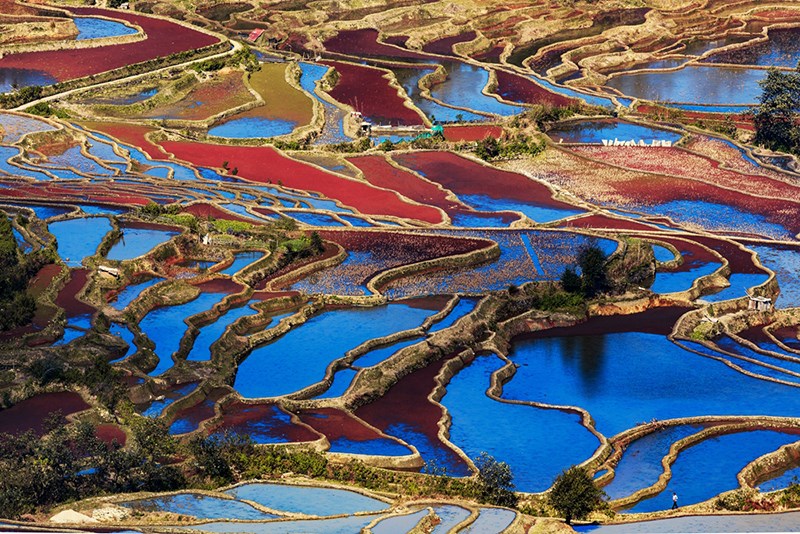
Yuanyang
Sunrise at Duoyishu Terraces, Blue Terraces, Colorful Terraces at Eagle’s Beak, Tiger Mouth Terraces
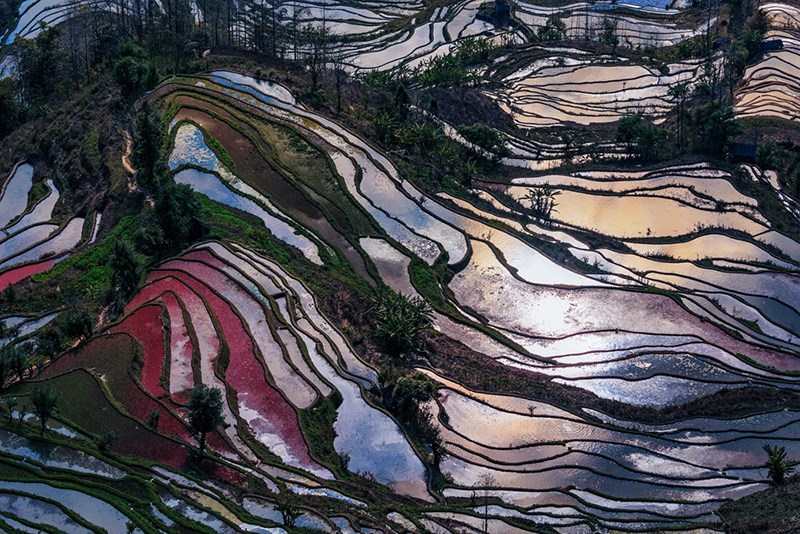
Yuanyang – Yuxi – Kunming
Drive back to Kunming
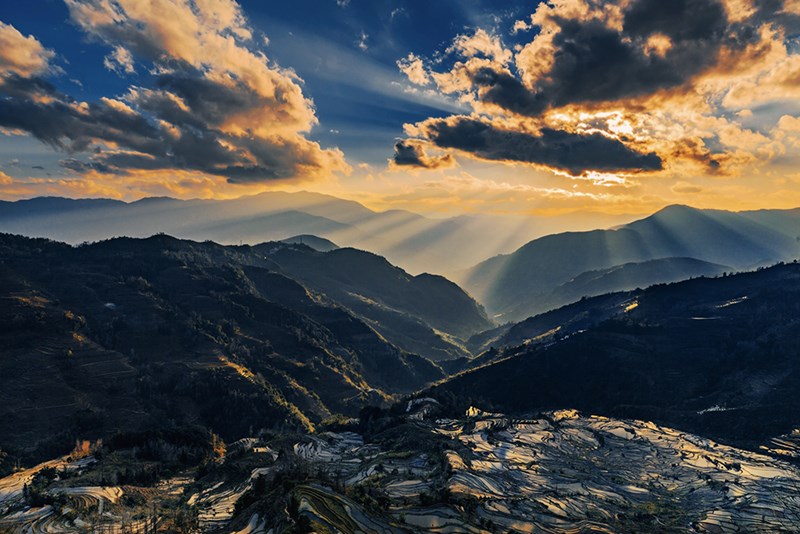
High-speed train Kunming – Dali
San Ta Si, Erhai Lake, Dali ancient small town
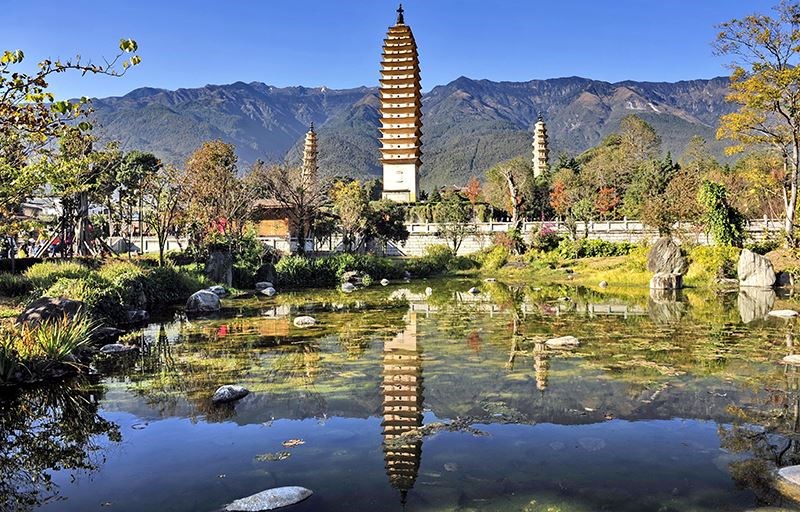
Dali – Xizhou – Shaxi – Lijiang
Old towns Xizhou and Shaxi. Ancient tea horse road
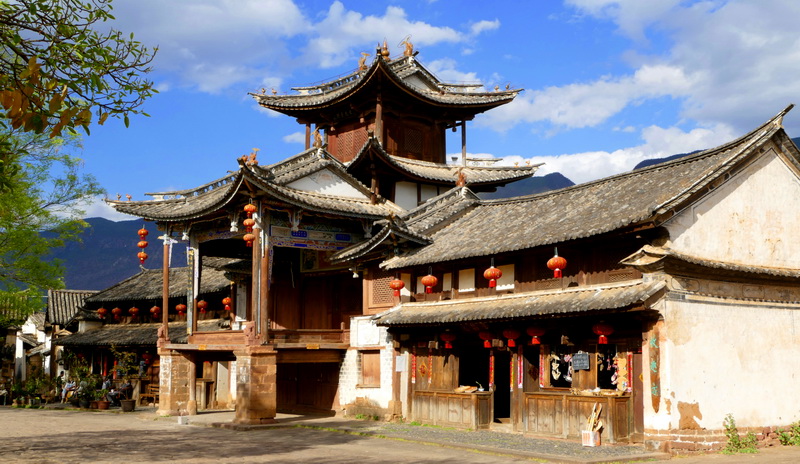
Lijiang
Old town Lijiang, Black Dragon Pool, Dongba Culture Museum, mural at Baisha Village and residence of Josef Rock at Yuhu Village
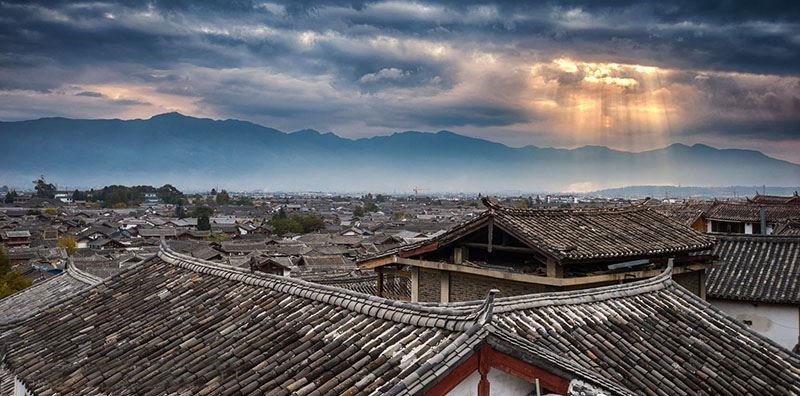
Lijiang - Tiger Leaping Gorge – Shangri-La
Walking in the Tiger Leaping Gorge. Old town Dukezong

Shangri-La
Bike trip to Sumzanlin Monastery and Napahai Lake
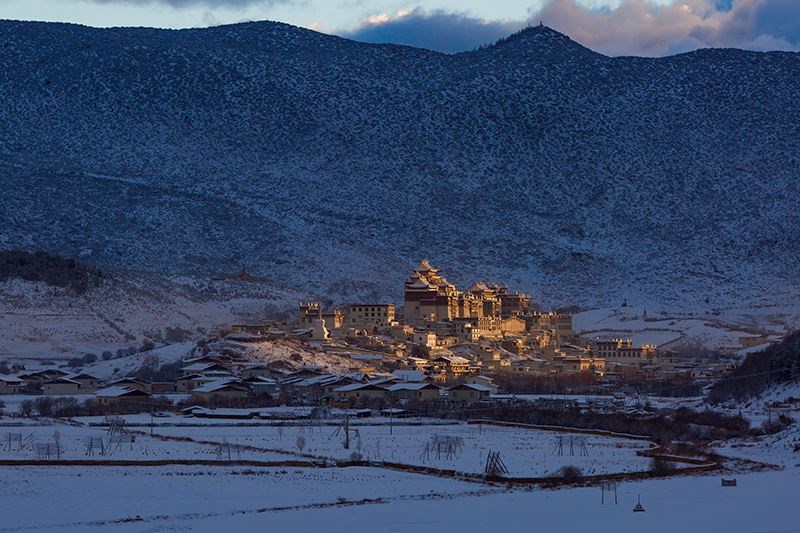
Shangri-La – Benzilan - Dechen – Feilai Si
Benzilan Village, The first bend of Jinsha Jiang, Dong Trubling Monastery, sunset of Meili Snow Mountain
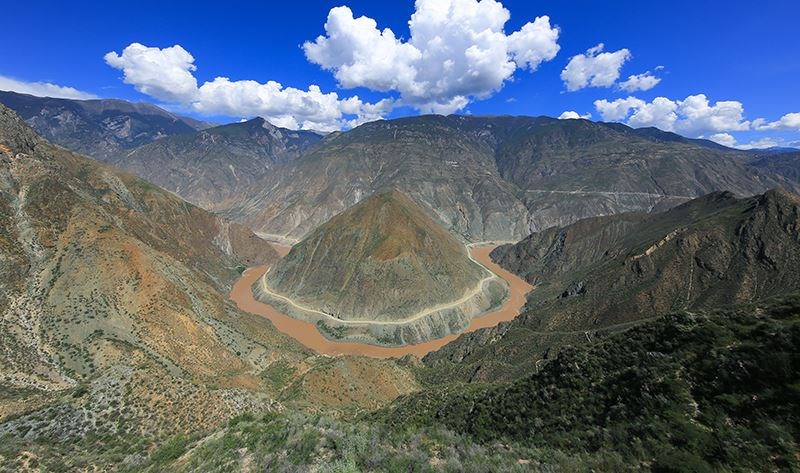
Feilai Si – Mingyong Glacier - Feilaisi
Meili Snow Mountain, hiking to Mingyong Glacier
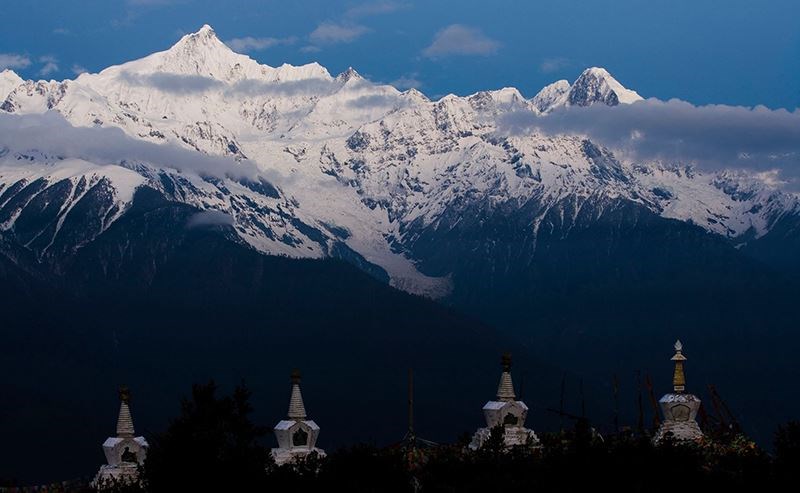
Feilaisi - Cizhong Village – Tongle Village - Tacheng
Cizhong Catholic Church, beautiful village Tongle of Lisu minority, Kangpu Temple in Lancangjiang River Valley
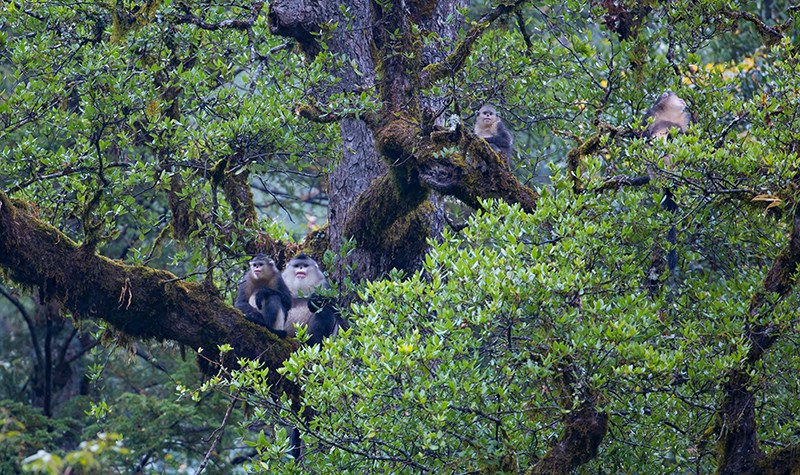
Tacheng - Shigu - Lijiang
Yunnan Snub-nosed Monkey at Xianggujing Nature Reserve in Tacheng, the first bend of Yangtze River at Shigu village

Lijiang
Travel to next destination
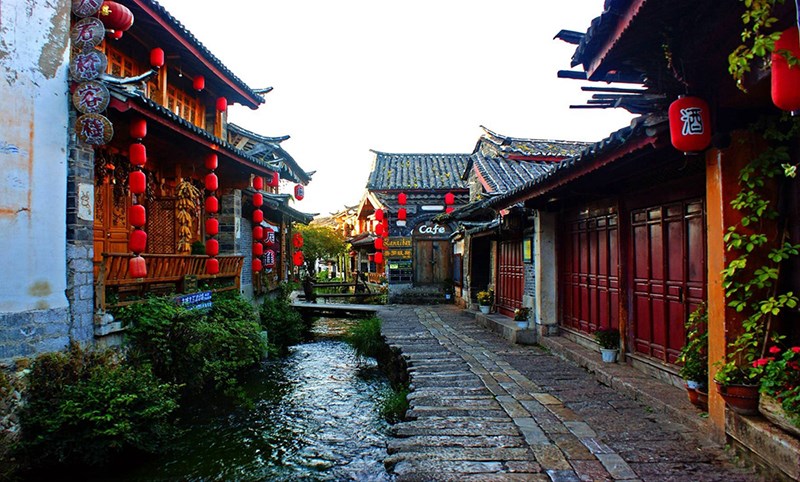
Private travel, great experiences! Please contact us for your tailor-made travel offer.
With individual China Tibet travel, you can decide when, where and how you go on tour by yourself. What's more, you can choose the length of travel and whom you go with.